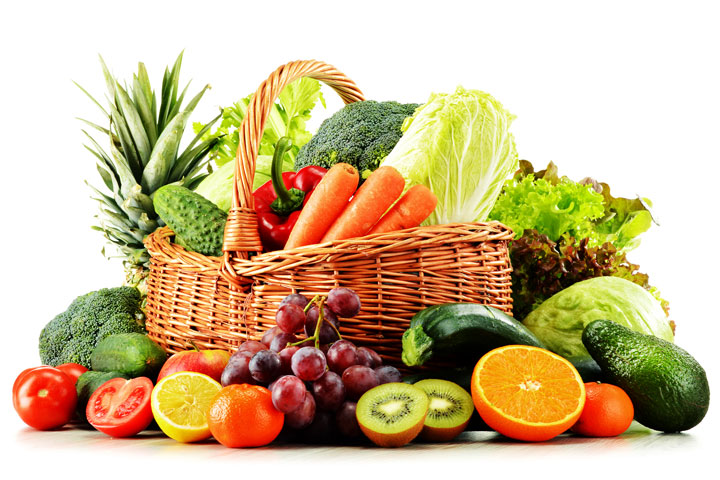
Top Foods That Burn More Calories Than They Contain
To lose weight, eat less, right? Not always. New research shows that eating more of certain foods can stave off hunger pangs and control calories.
The foods, which include cayenne pepper and puréed vegetables, are natural appetite suppressants. As diet pills fall into increasing disrepute — since Abbott Laboratories withdrew its drug Meridia last year, the Food and Drug Administration has rejected three new diet drugs in recent months — these foods offer a welcome option to people struggling with their weight.
For the research, published in the journal Physiology & Behavior, scientists at Purdue studied the effect of just half a teaspoon of cayenne pepper on a group of 25 diners.
While hot red pepper has been studied before as an appetite suppressant, this study was notable in that it compared people who liked spicy food with those who did not. At various times, diners were given a bowl of tomato soup laced with a half teaspoon of pepper, plain tomato soup, or plain tomato soup with a supplement of red pepper in pill form.
The effect was greater among diners who didn’t regularly consume spicy meals. Among that group, adding red pepper to the soup was associated with eating an average of 60 fewer calories at the next meal compared with when they ate plain soup. For both groups who ate red pepper in food, the spice also appeared to increase the metabolism and cause the body to burn an extra 10 calories on its own.
“We found that when individuals consumed the red pepper in the soup rather than the supplement, they burned more calories,” said Mary-Jon Ludy, who conducted the research as a student at Purdue and will join the faculty of Bowling Green State University. “There is something special about experiencing the burn from the red pepper.”
The researchers were careful not to make too much of their findings. The effects of the cayenne pepper were real but modest, they said, adding that dieters may become desensitized to the effect of red pepper as they grow accustomed to eating spicy foods.
“We’re not at all proposing that this is any miracle cure for obesity,” said the senior author, Richard D. Mattes, a professor of food and nutrition at Purdue. “This is a small change with a small effect that is achievable by making just a small change in the diet. It goes in the right direction.”
Dieters may get better results by adding puréed vegetables to some of their favorite dishes, according to a February report in The American Journal of Clinical Nutrition.
In that study, researchers from Penn State gave 20 men and 21 women casseroles made with varying amounts of purée — a strategy popularized by the cookbook author Jessica Seinfeld, who has encouraged parents to sneak vegetables into foods like spaghetti.
But in the Penn State study, the goal wasn’t to trick people into eating vegetables. Adding the purée bulked up the dish and resulted in fewer calories per serving.
In a macaroni and cheese recipe developed by the researchers, for instance, the cheese sauce is made with skim milk, reduced-fat cheese and one cup each of puréed cauliflower and puréed summer squash.
The diners were fed the casseroles during different visits. They ate pretty much the same amount of food during each visit and reported no differences in flavor or enjoyment. But when they were served the casseroles made with puréed vegetables, they ate 200 to 350 fewer calories a meal.
“We’ve been able to change recipes a lot, even baked goods, and we’ve been doing it for preschool kids and adults,” said Barbara Rolls, director of Penn State’s laboratory for the study of human ingestive behavior. “We had a huge effect on energy intake. We’re adding cups of veggies to recipes and people don’t even notice.”
Other research by Dr. Rolls, author of the popular diet series “Volumetrics,” has shown that eating soup or salads before a meal can also curb the appetite and result in eating fewer calories over all.
But the stealth-vegetable approach allows diners to eat the same amount of favorite foods without ingesting as many calories.
While the best option is to purée vegetables and add them to home-cooked meals, Dr. Rolls said she hoped the food industry would respond by offering more convenient canned and frozen vegetable purées and more foods bulked up with vegetables.
She said that especially when serving the foods to young children, it’s important to continue offering whole vegetables on the side so children develop a taste for vegetables. Adding purée to reduce the calorie content works well with spicy dishes, she said.
“We offered a Tex-Mex casserole, and we could get away with adding the vegetables much more easily,” she said. “Once you put in those spicy flavors, they mask other changes in calorie density and vegetable content. The people were totally unaware we were adding lots and lots of veggies.”

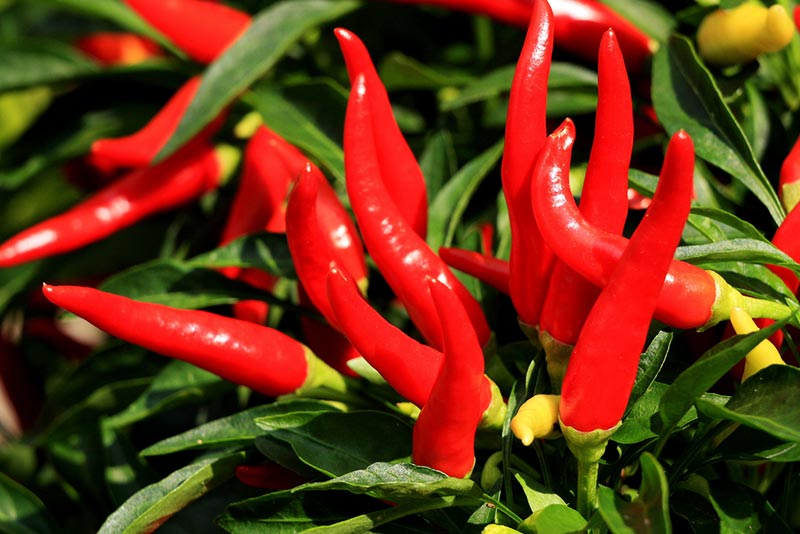
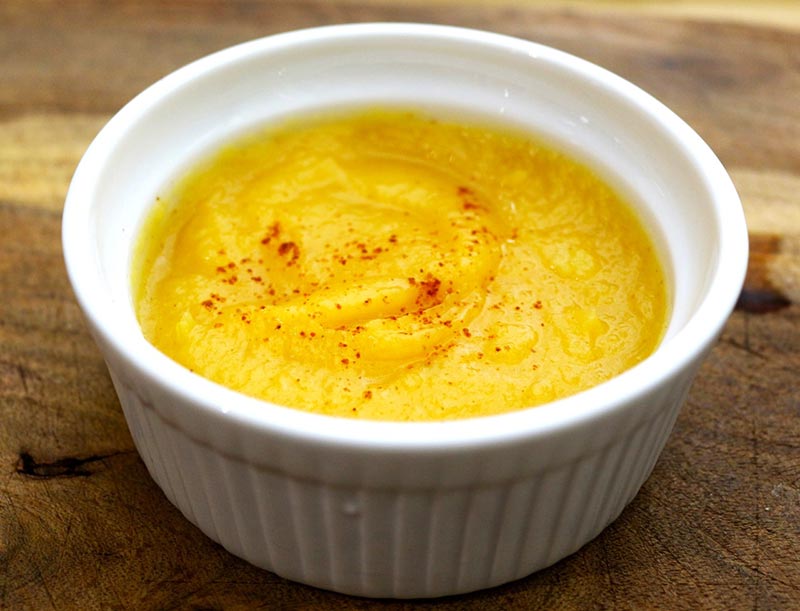
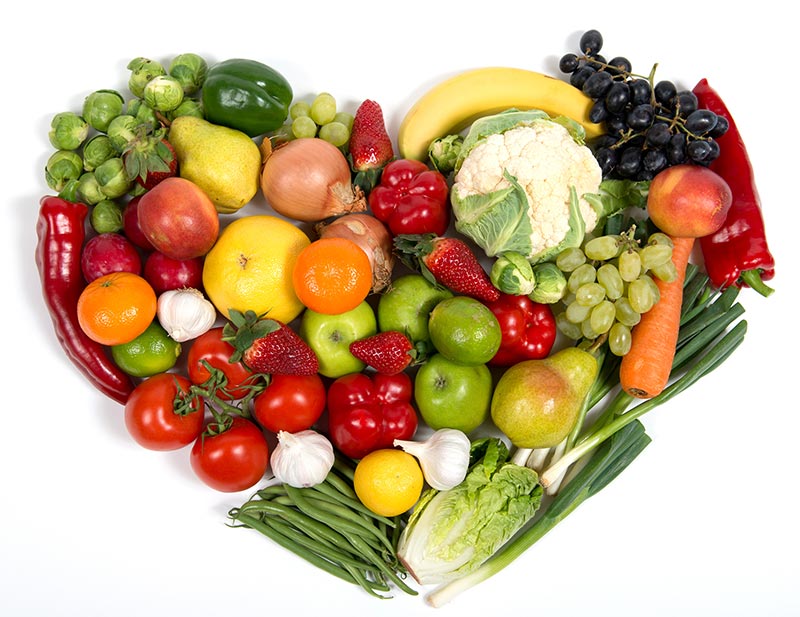


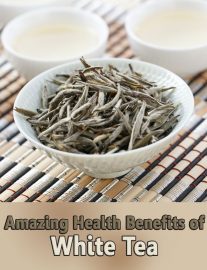
Leave a Reply